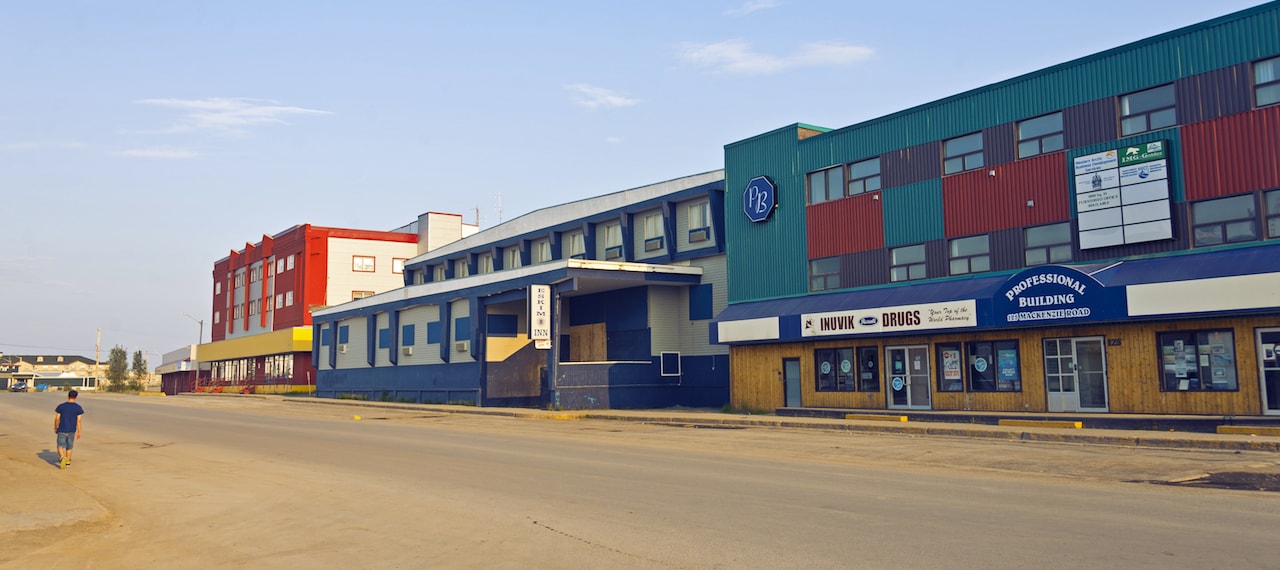In November 2017, the Internet Society hosted its first Indigenous Connectivity Summit in Santa Fe, New Mexico. This event brought together over 200 Indigenous community members to talk about Internet access solutions, and the importance of connectivity for socioeconomic, health, community empowerment, education, and cultural and language preservation.
It was an incredible two days that resulted in new, meaningful relationships, partnerships, and opportunities for all those present. But the work isn’t done yet.
Connectivity in Indigenous communities continues to lag far behind non-Indigenous areas. Low speeds or non-existent service, high costs, and data caps plague many communities. In some Arctic communities in Canada, it is often cheaper and faster to mail a USB drive south, upload data, and mail it back North than it is to download the content on the slow and expensive services available.
To continue the conversation that was started in Santa Fe, the Internet Society will hold the second Indigenous Connectivity Summit in Inuvik, Northwest Territories, Canada on October 11-12. This event will bring together Indigenous community leaders, technical experts, researchers, policy makers, and service providers to address the unique connectivity issues Alaska Native, American Indian, Inuit, First Nation, and Métis communities face and how they have used innovative measures to address them.
This will also serve as an opportunity to showcase the amazing successes that these communities have achieved. We’ll hear from members of the Piikani Nation who have partnered with the University of Alberta to preserve their traditional Blackfoot language and culture through technology summer camps for youths. Bruce Buffalo will share insights into his efforts to connect his community and the neighboring Samson Cree Nation to a free WiFi network that he built himself. Others will share insight into the unique ways they have connected their own, or are connecting others’, communities using spectrum, deep sea cables, and other future-facing technologies. And, we’ll hear from the local community to understand what Internet access means to Indigenous communities in the far north.
Inuvik is the ideal location to host the 2018 Summit. Located 200 kilometers north of the Arctic Circle in the Inuvialuit Settlement Region and on Gwich’in territory, this community is about to become one of the most connected communities north of the 60th parallel. Inuvik is home to a state-of-the-art satellite facility, is the final stop on the new Mackenzie Valley Fibre Link, and will soon be connected via a 777 kilometer-long fiber link to Dawson City, Yukon.
As with the first Indigenous Connectivity Summit, two days of hands-on technical training will proceed the event, on October 8-9. Hosted by the University of Alberta in Edmonton, network operators and managers, technical experts, and community network operators will provide information about how community networks operate and how participants can develop, manage, and maintain them. We will also offer an opportunity to visit the site of a community network that was built by and for an Indigenous community.
We hope that these conversations and hands-on trainings will inspire and enable others to create innovative solutions to connectivity challenges in their own communities.
If you have stories or ideas about how to close the digital divide in Indigenous communities, we want to hear from you. Send us an email so we can find out more and be sure to register for the 2018 Indigenous Connectivity Summit. We look forward to seeing you there!
This initiative is the result of a collaborative effort between the Internet Society, Inuvialuit Regional Corporation, the Town of Inuvik, University of Alberta, and the First Mile Connectivity Consortium.

